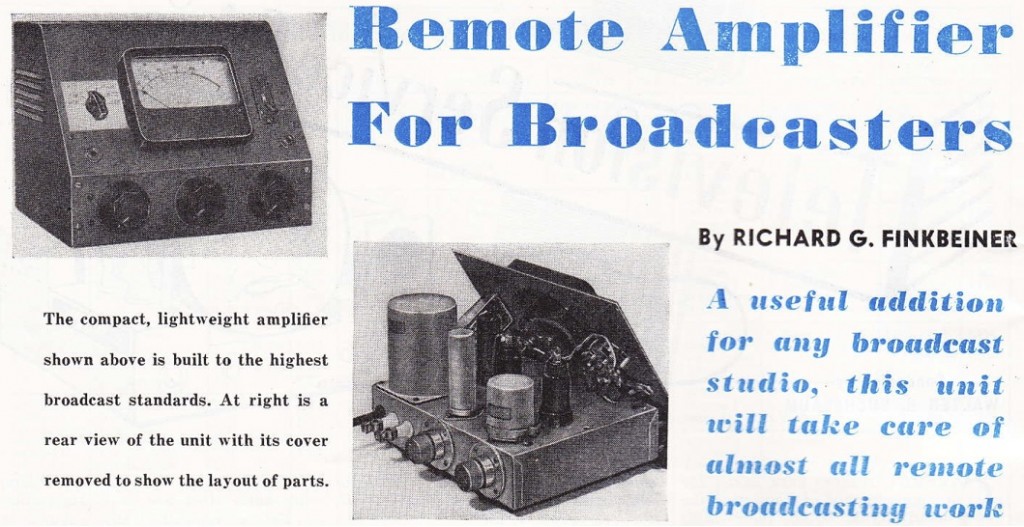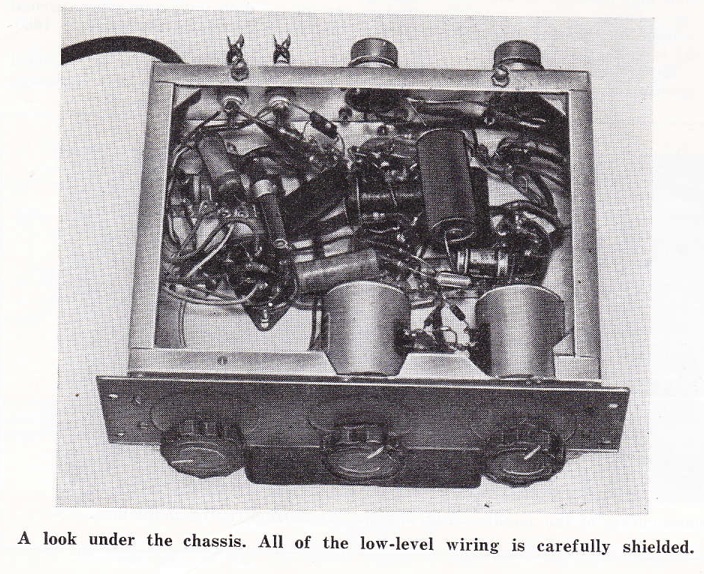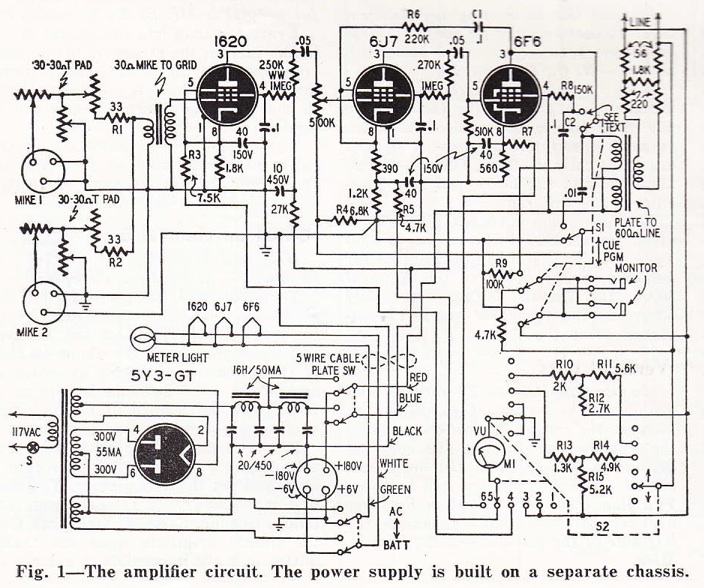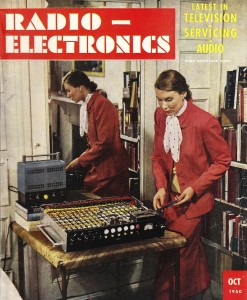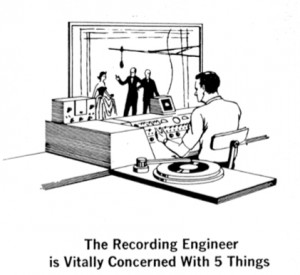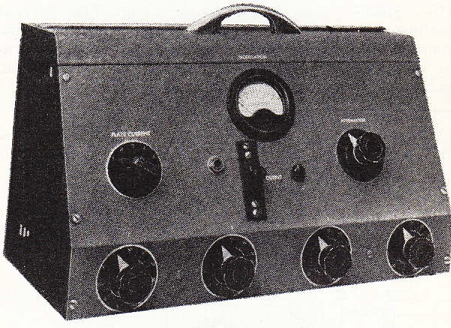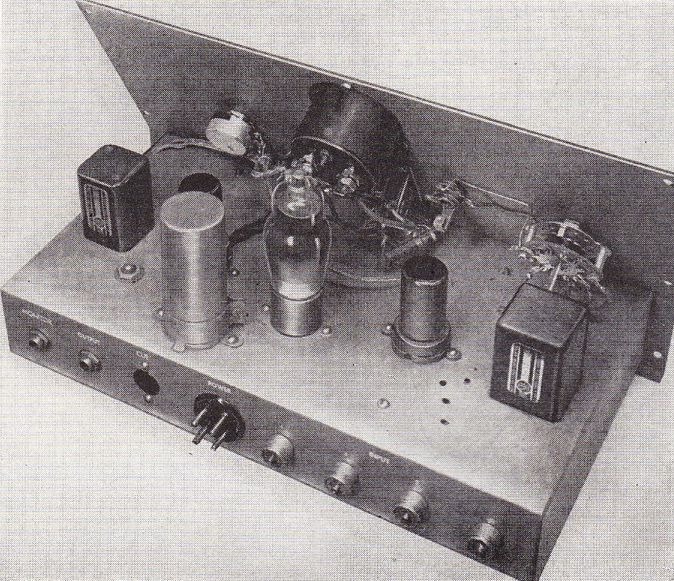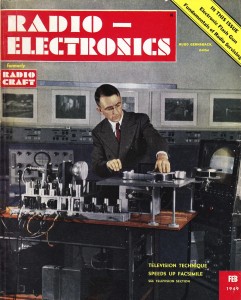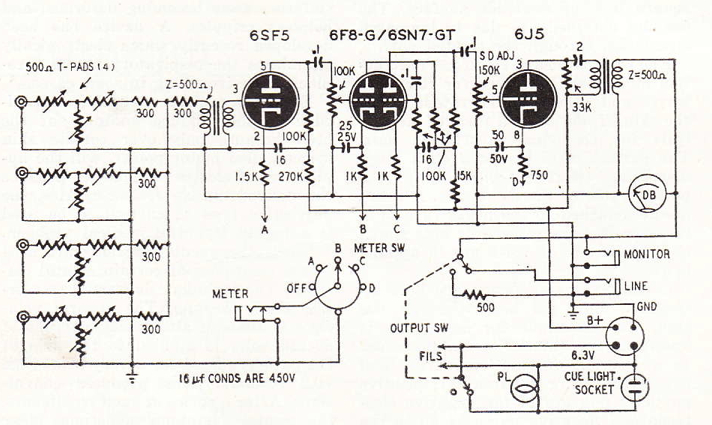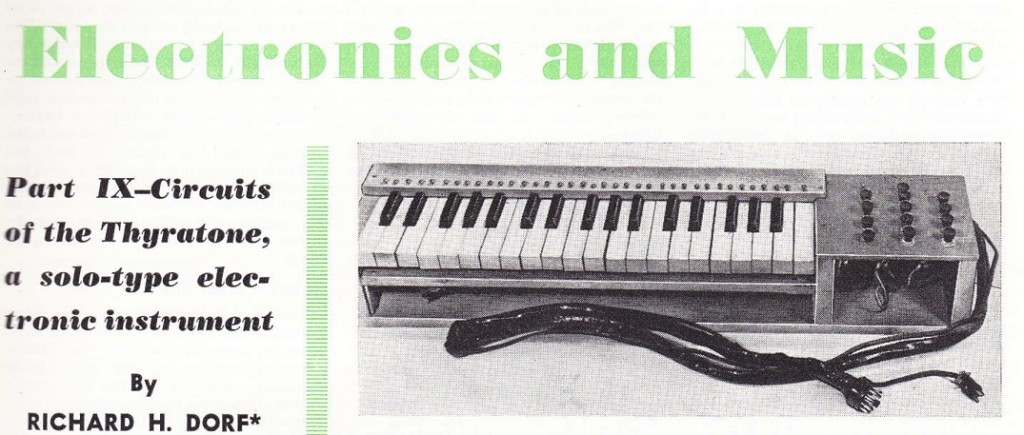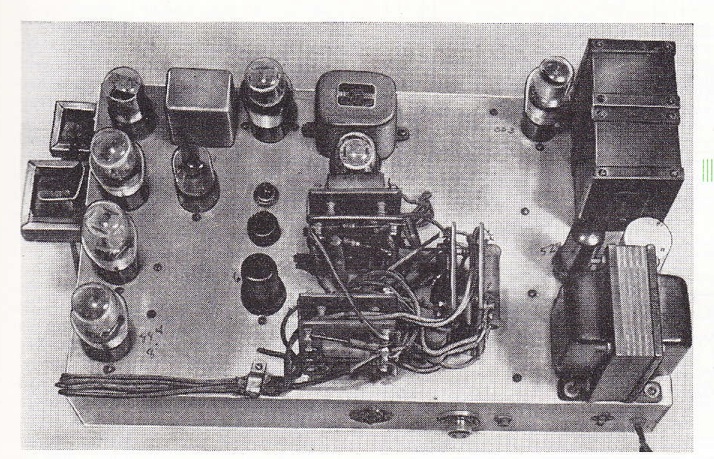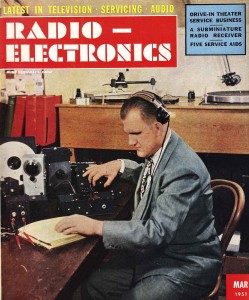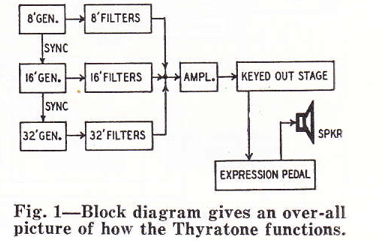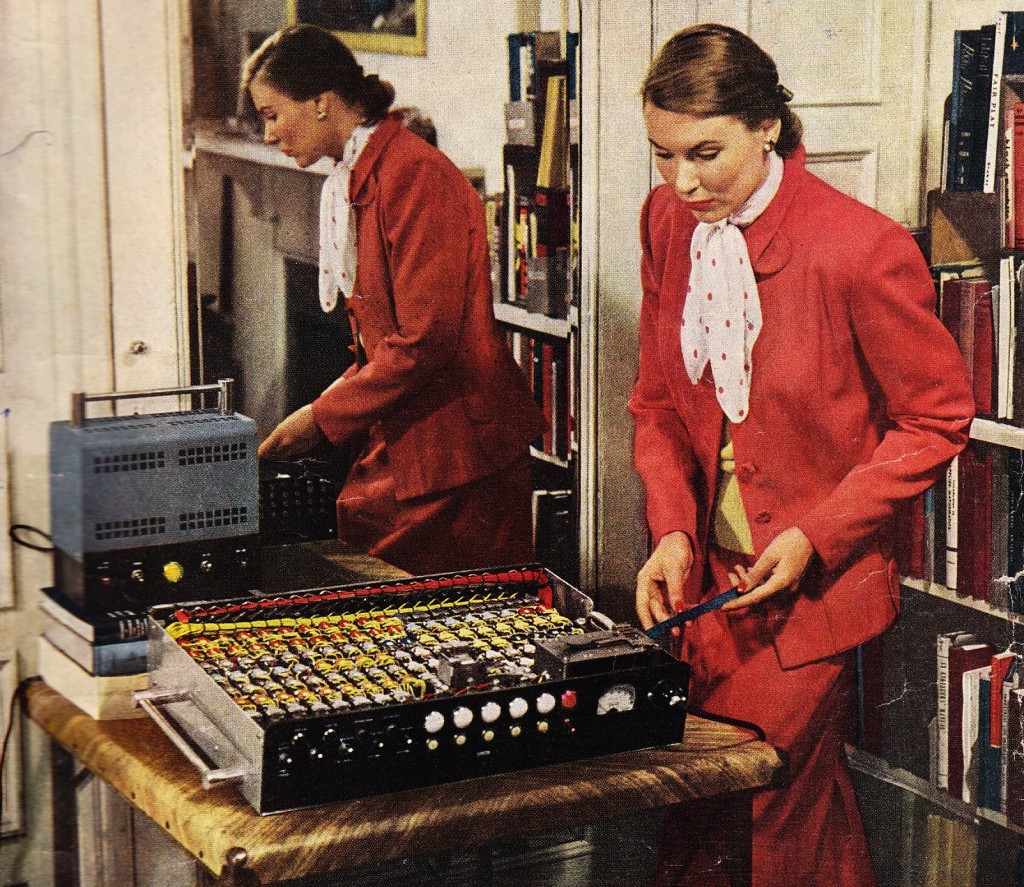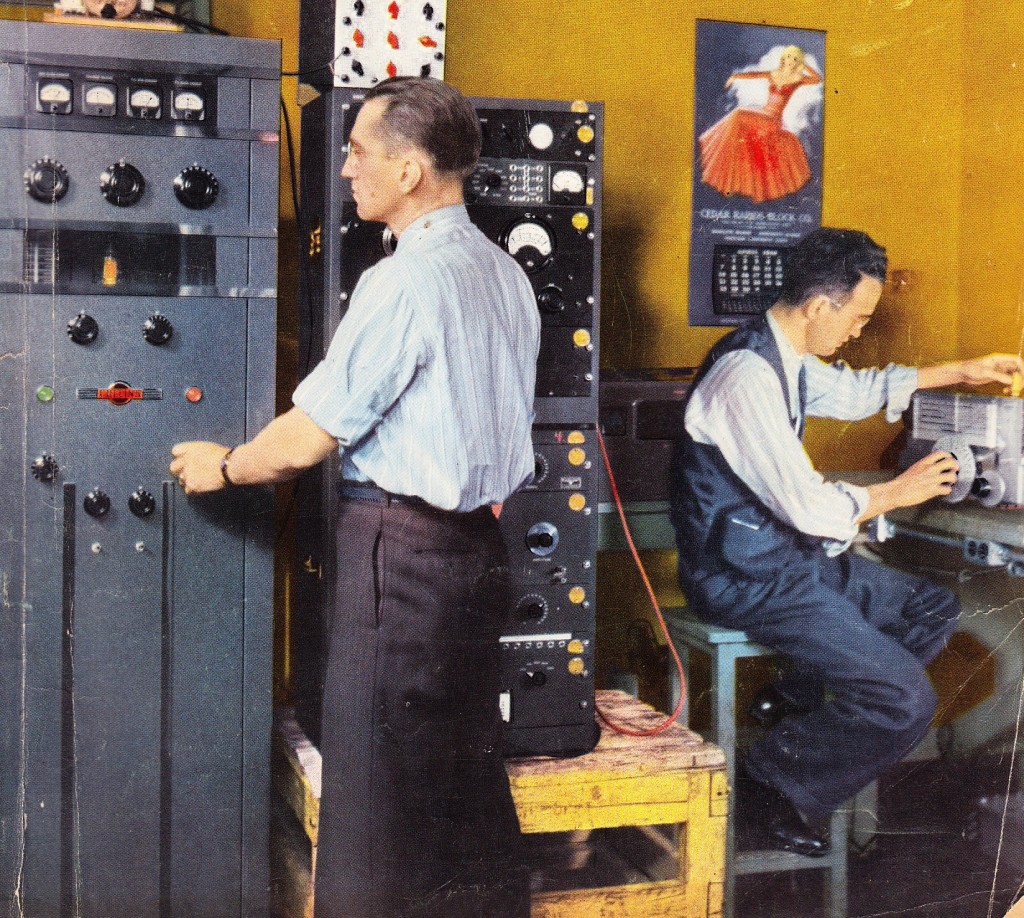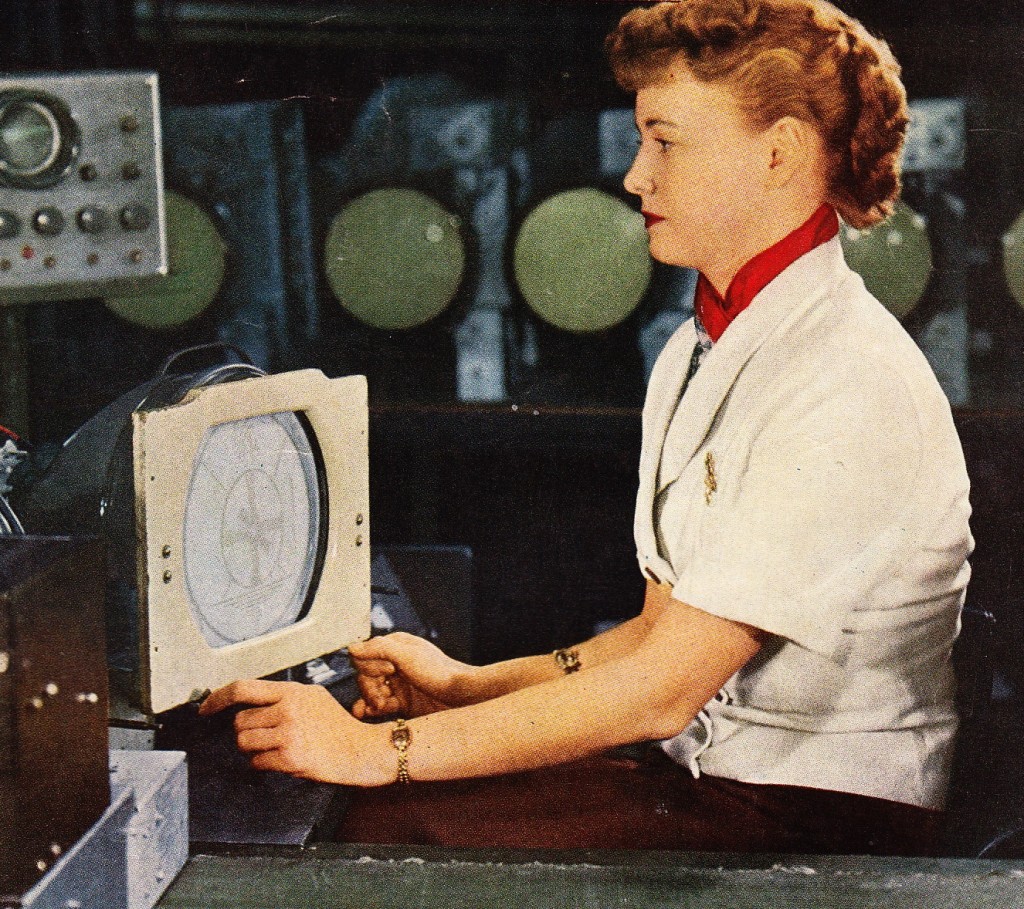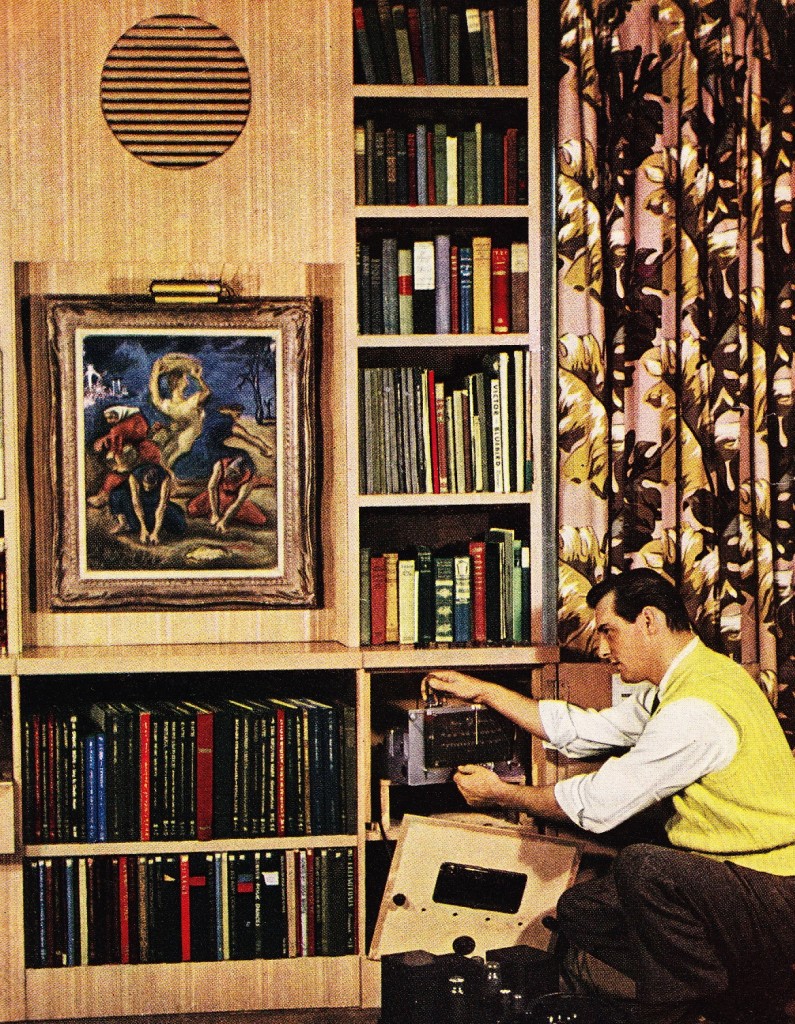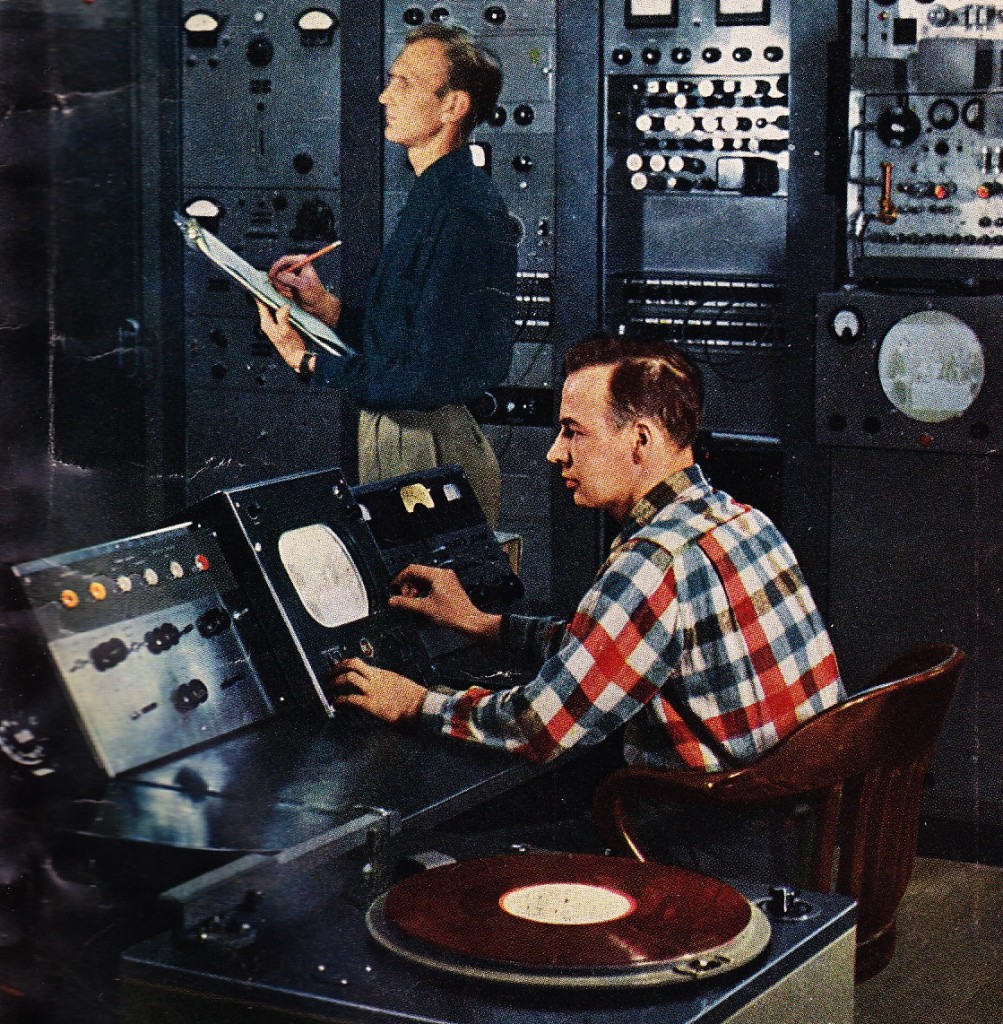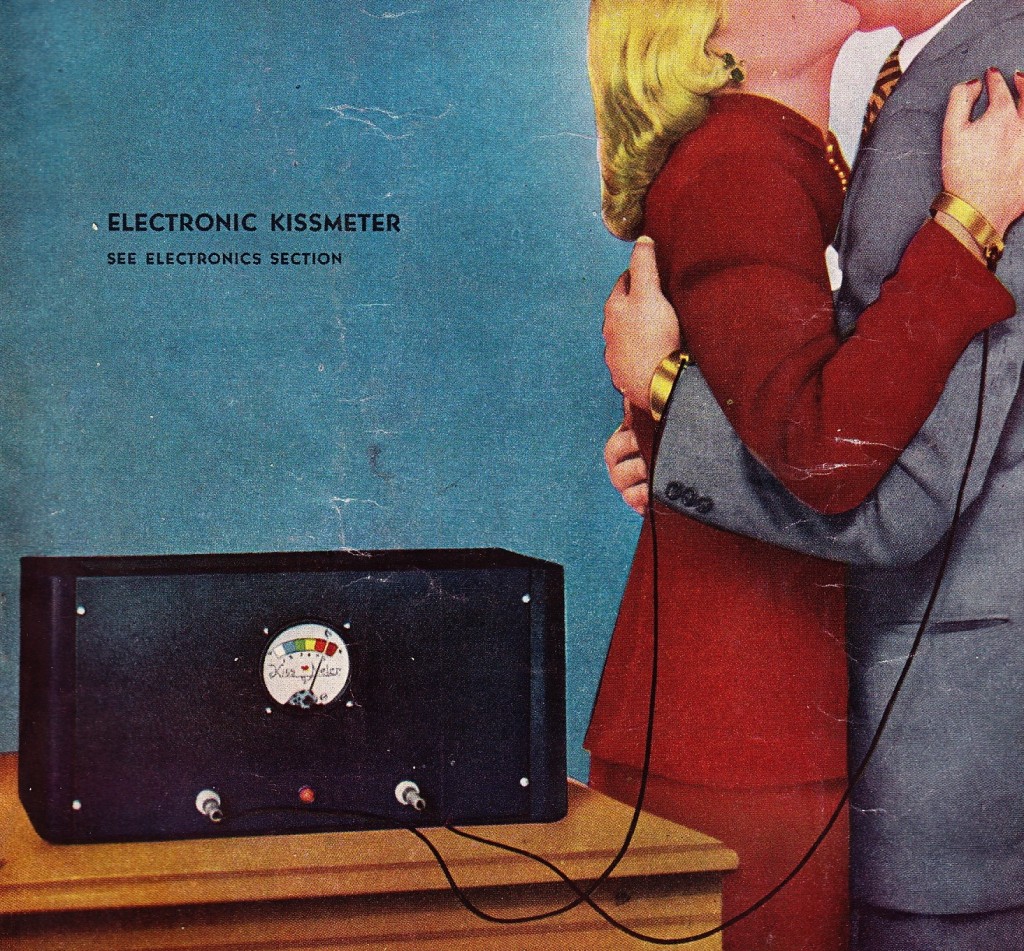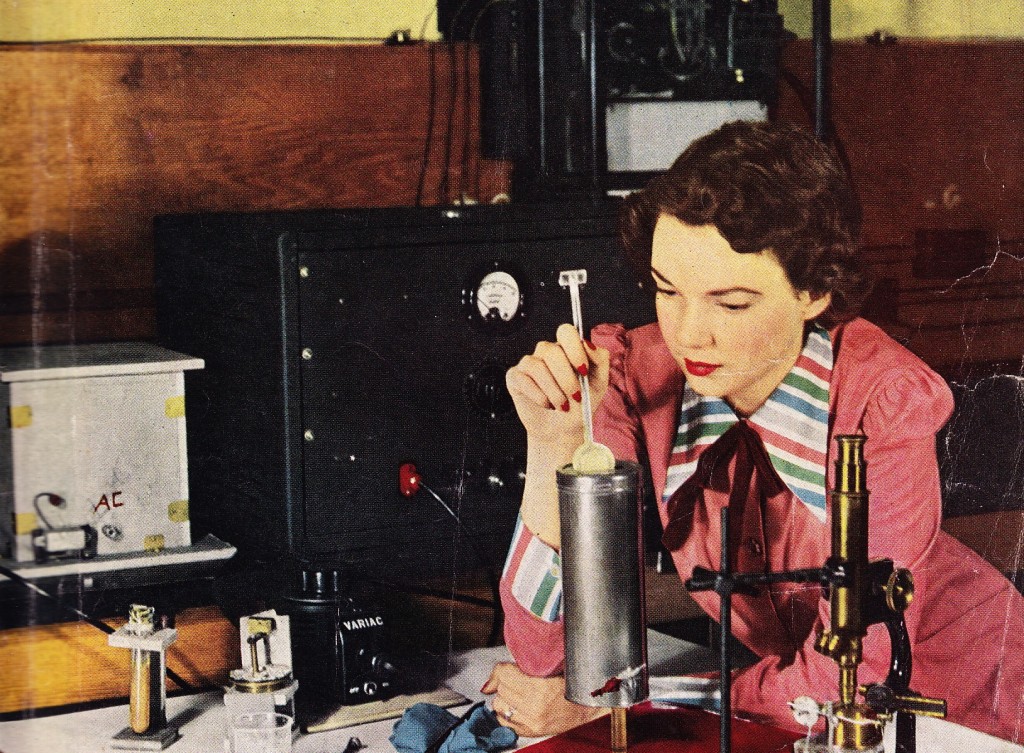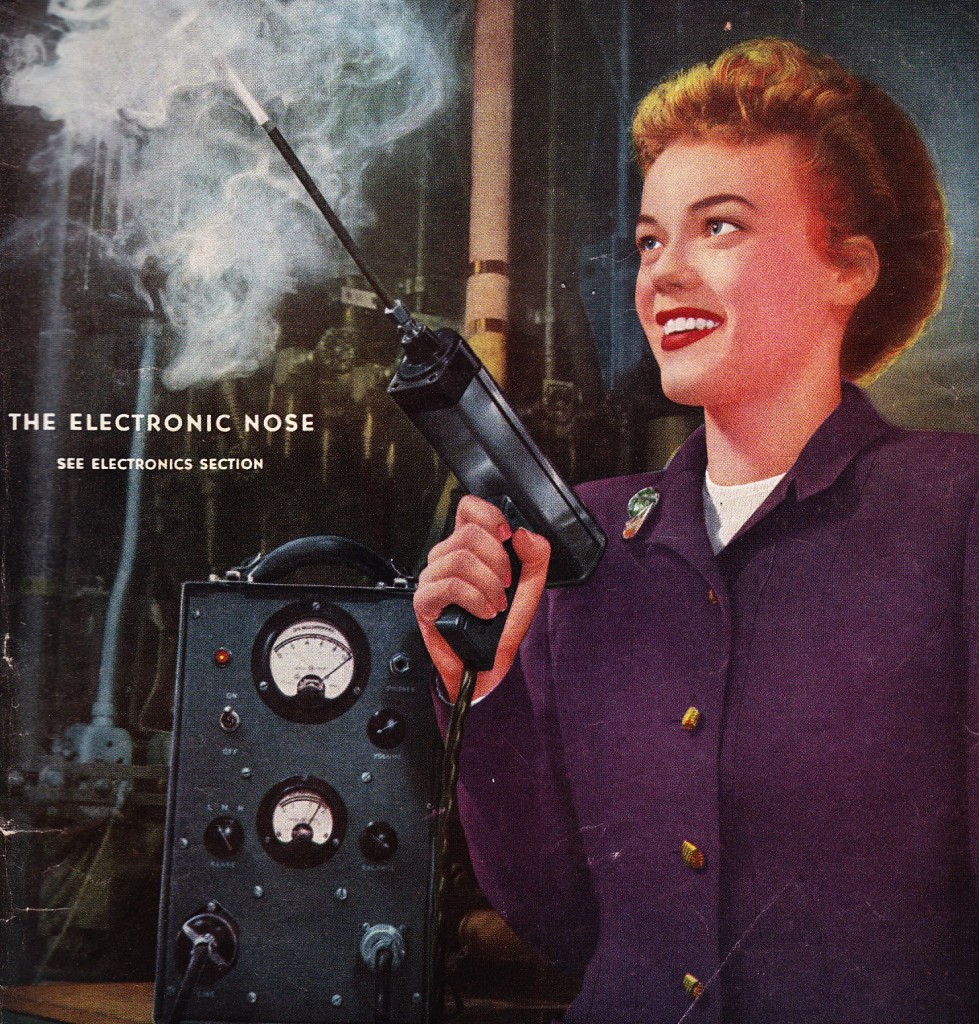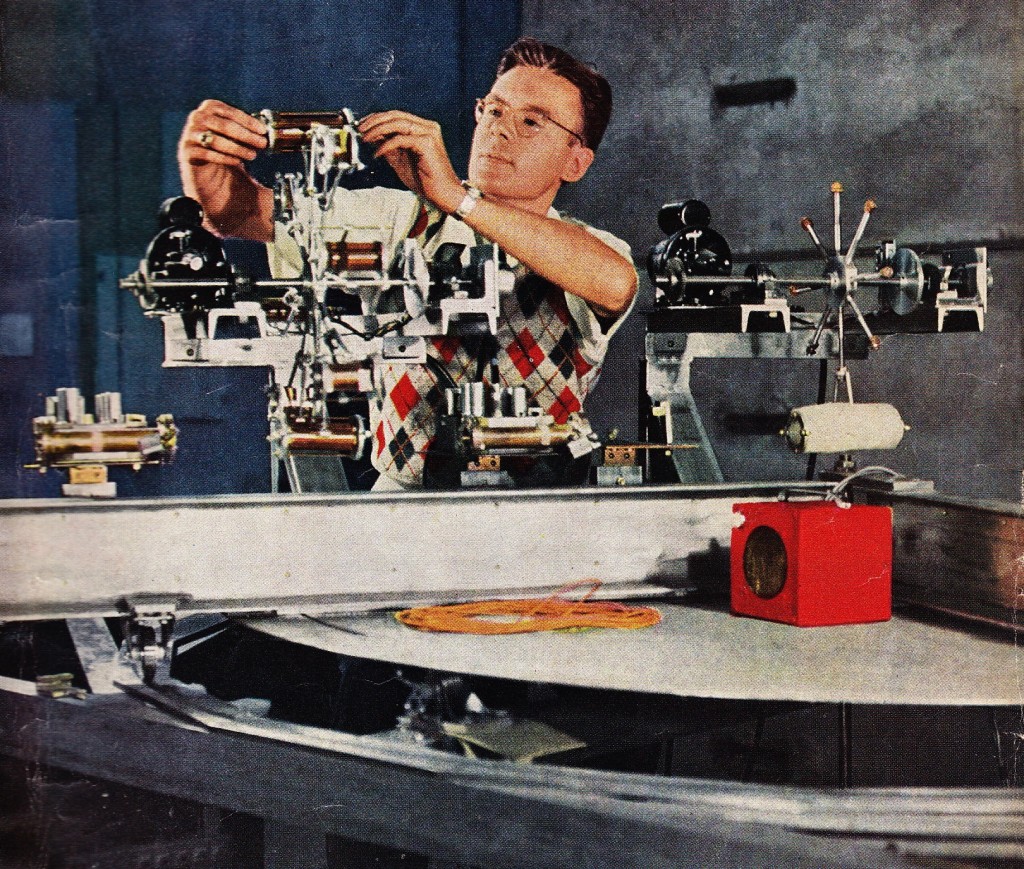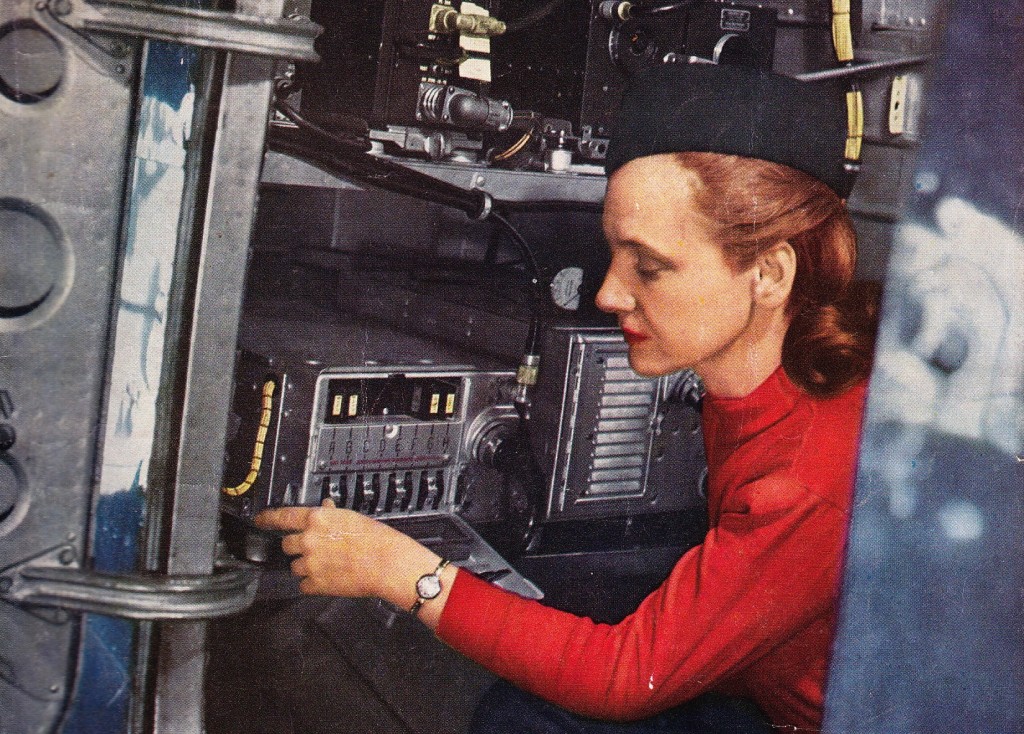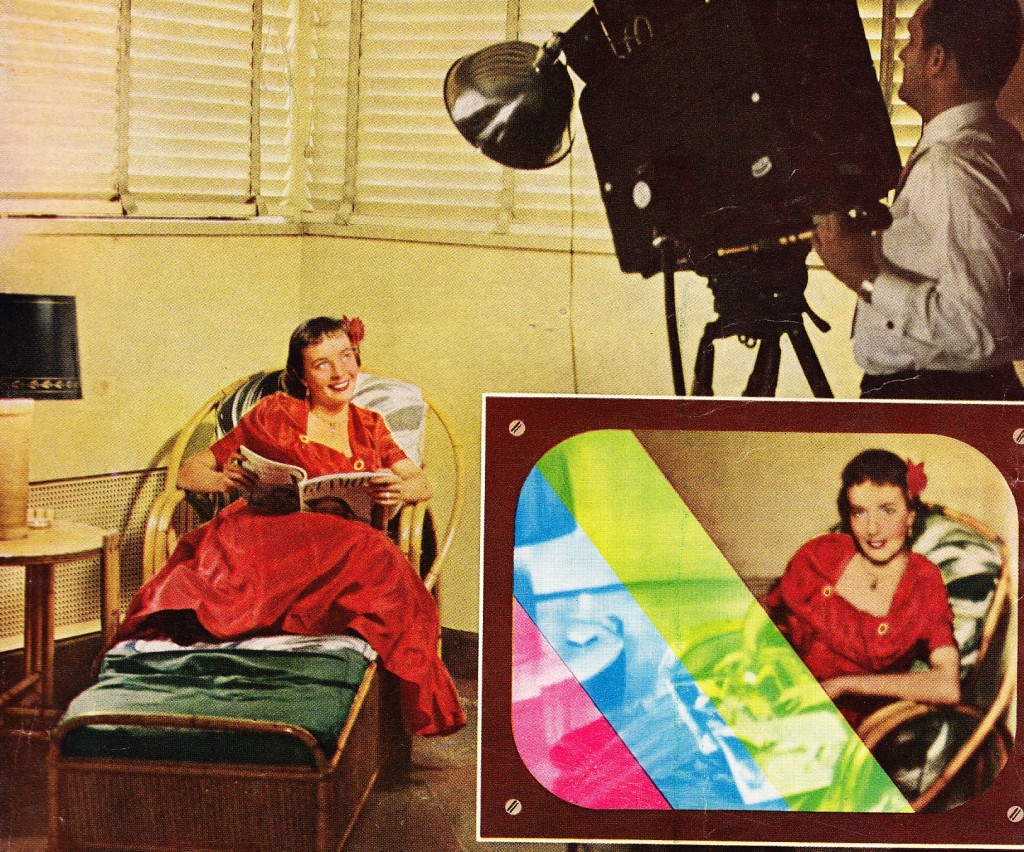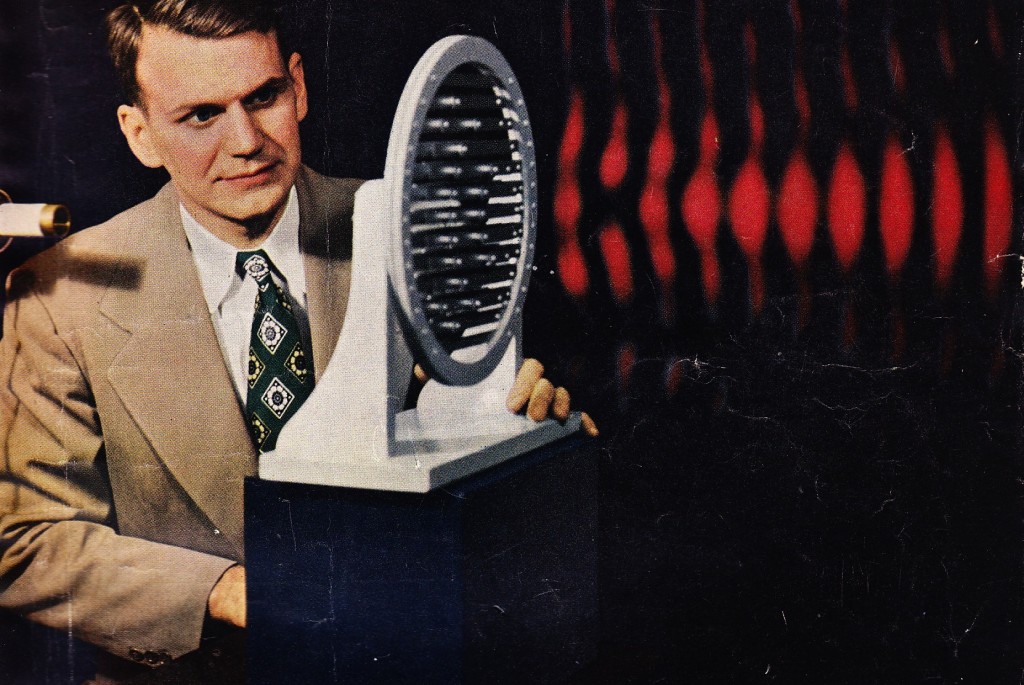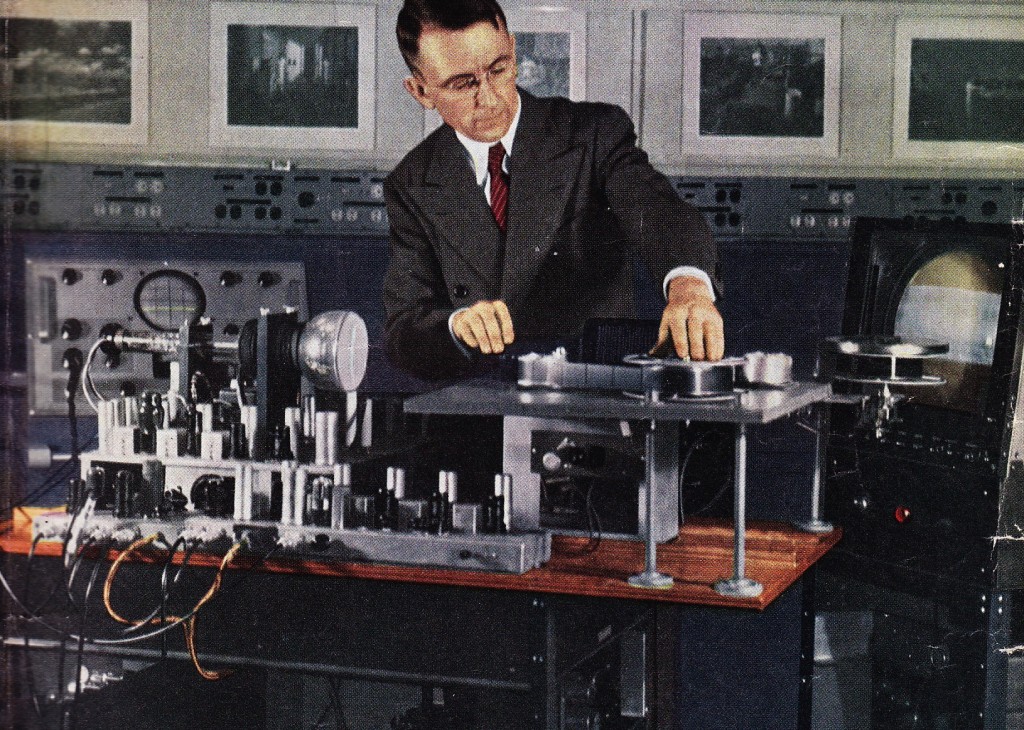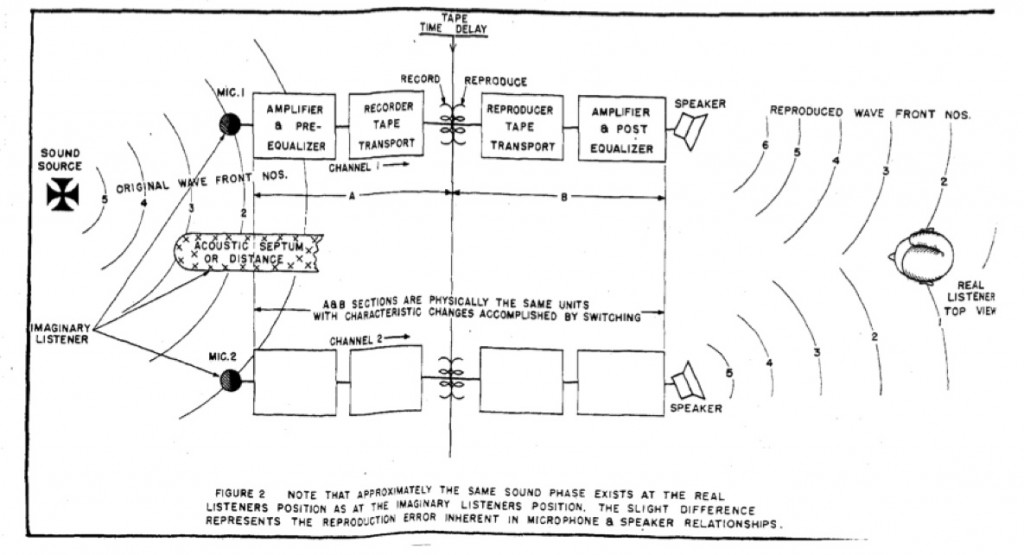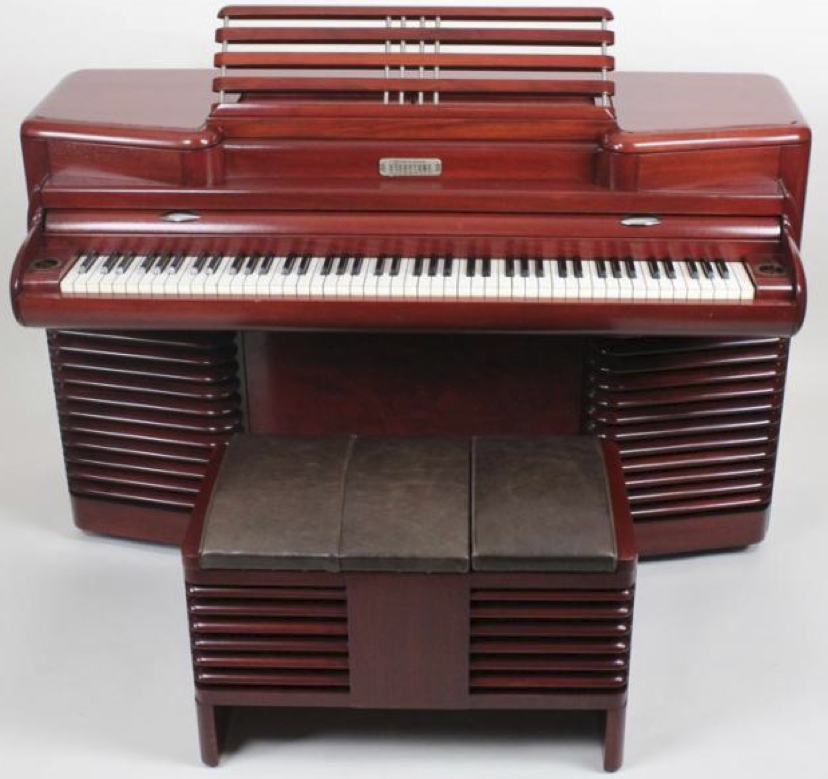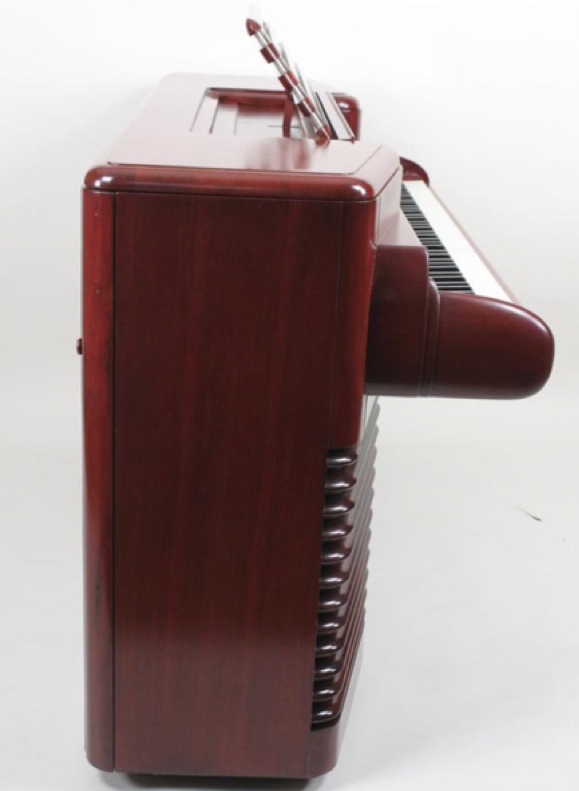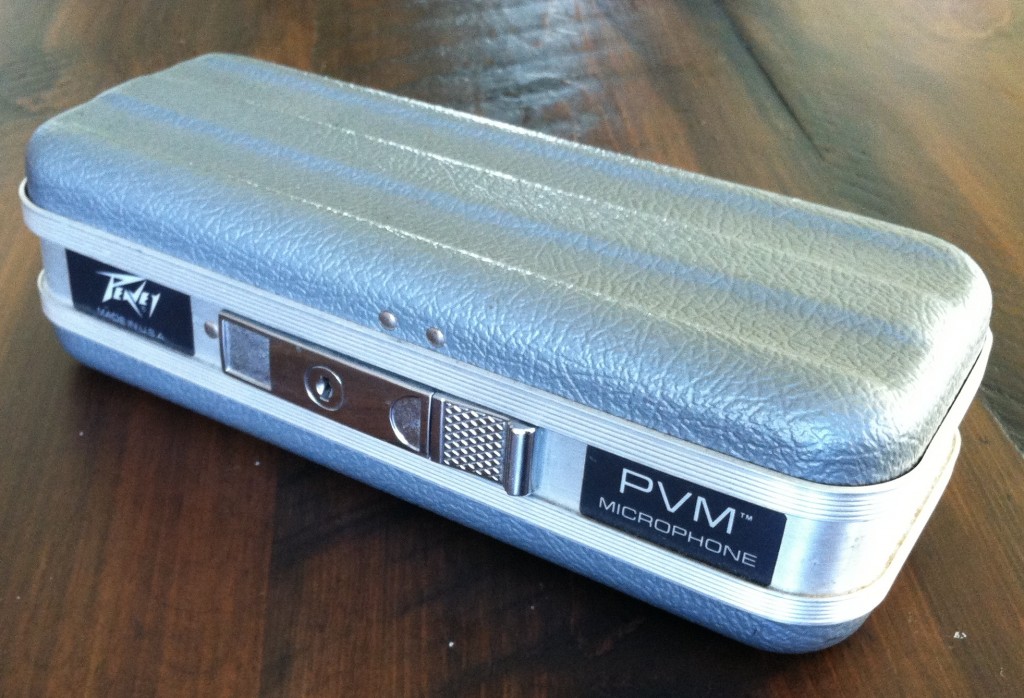 DONT TOUCH
DONT TOUCH
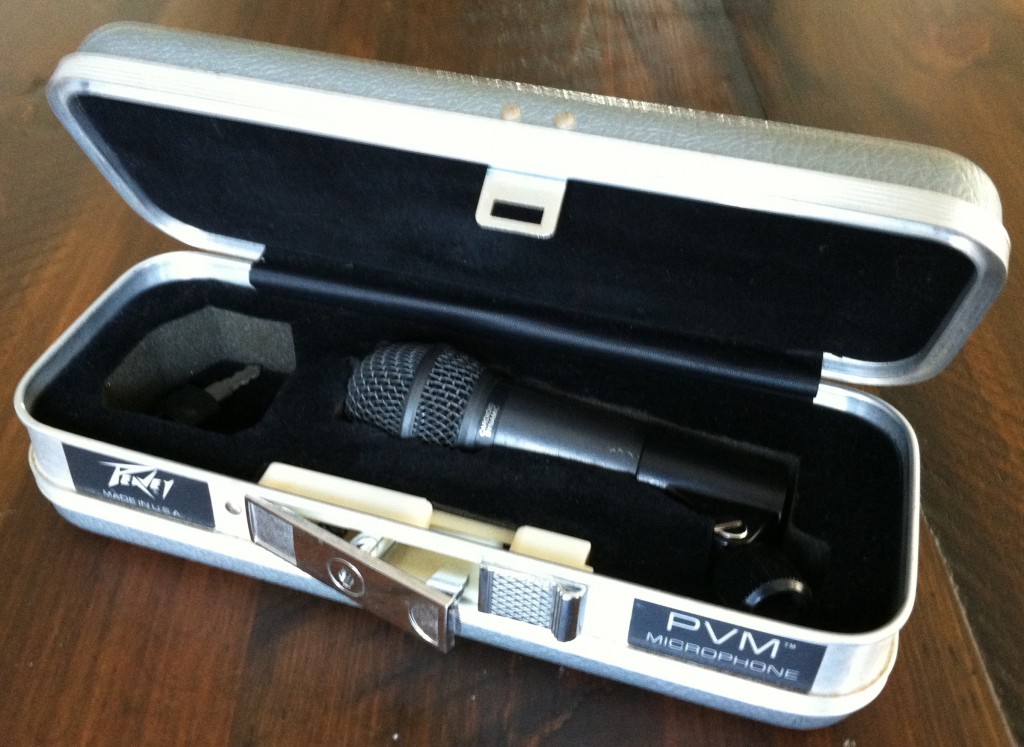 MY MIC
MY MIC
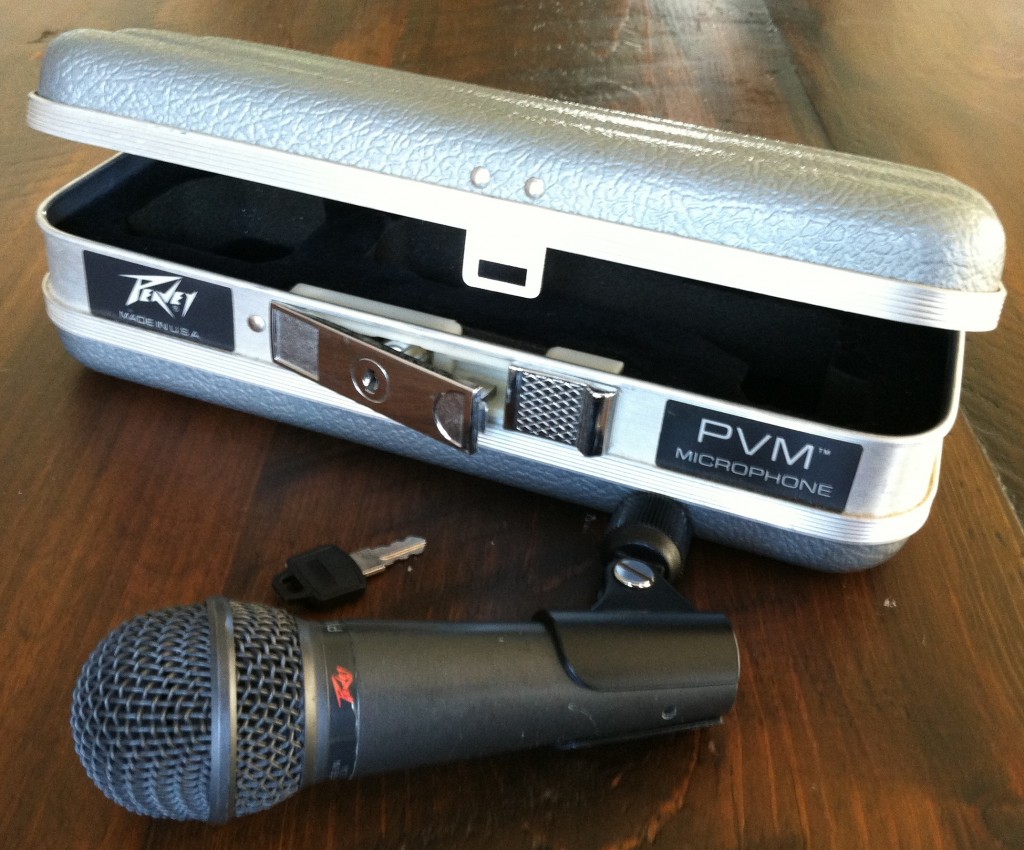 IF YOU WANNA SING SOME BGVS
IF YOU WANNA SING SOME BGVS
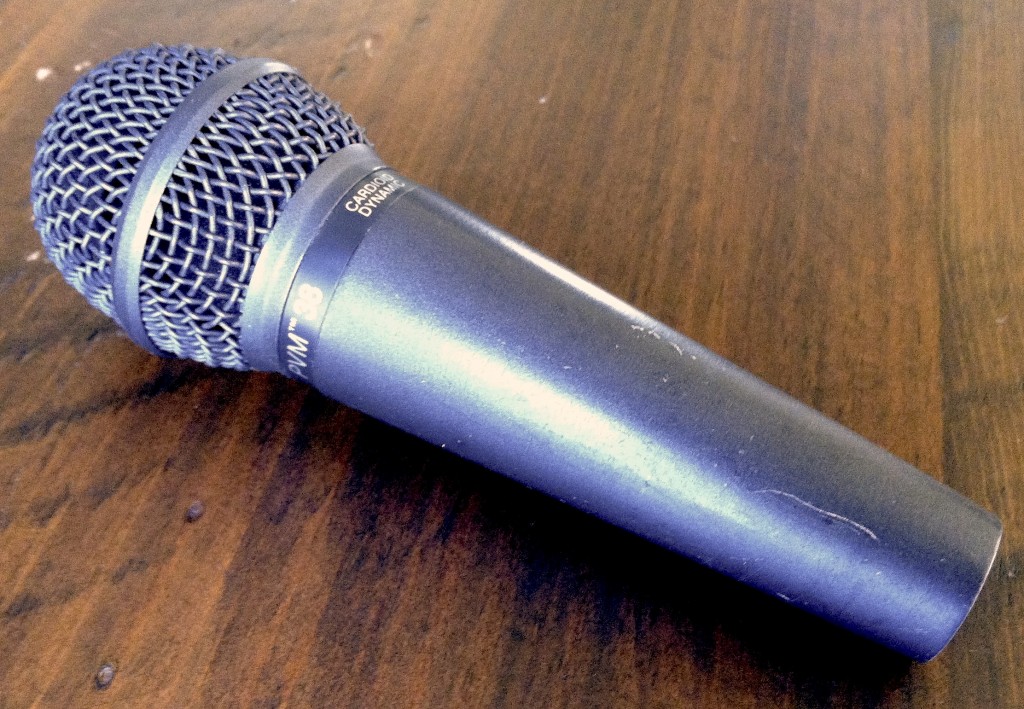 FINE, GIT YR OWN GODDAMN MIC
FINE, GIT YR OWN GODDAMN MIC
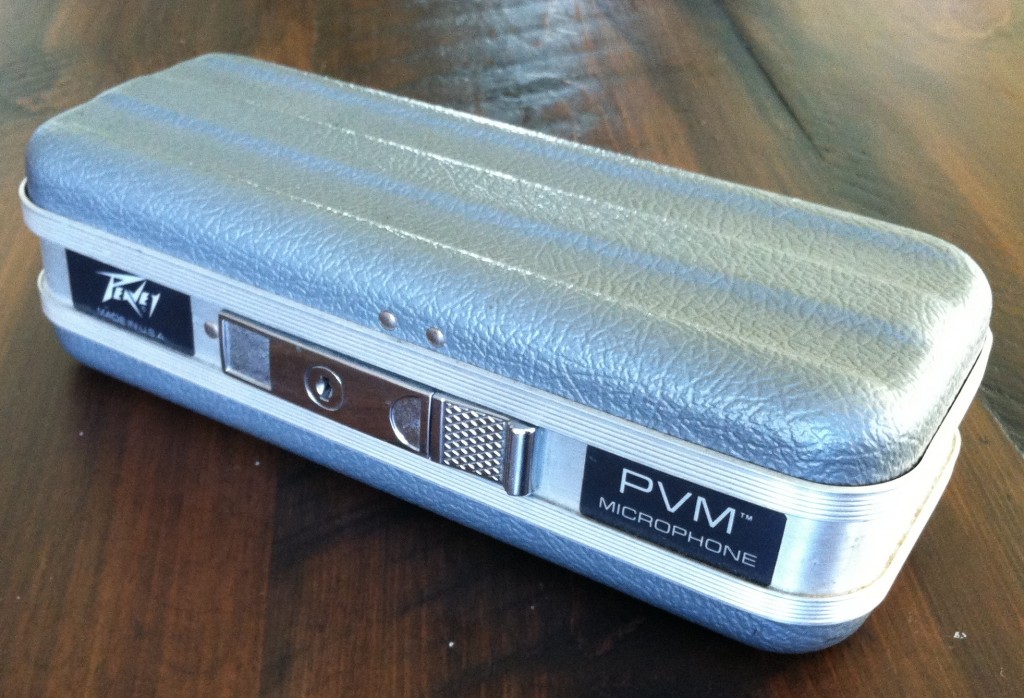 THE BOX STAYS LOCKED WHEN REH IS OVER
THE BOX STAYS LOCKED WHEN REH IS OVER
*************
*******
***
Fairly high-up on the list of ‘unnecessary shit that i prolly shouldn’t have bought‘ is this mint-condition Peavey PVM-38 microphone. But what an incredible artifact, innit. Consider what kind of paranoid, uptight culture could have created a shitty low-cost microphone that includes a military-grade locking hard-shell case, thus allowing access to only the key-holder. Exactly who/what is this case designed to protect/prevent? If you are concerned about the sanctity of your microphone, perhaps simply take it with you? It is not so large/heavy as to preclude easy transport? Rather, I feel like what we have here is the superimposition of two previously unrelated concepts: the microphone, on one hand, and an intense concern with property rights on the other.
I can’t tell you from whence this artifact originates, as there is little information online concerning its heritage, but Peavey Corp does offer this download (PVM_38i) regarding a very similar model; the date of that document is 1993. I can vaguely recall seeing these mics for sale at the local mom+pop when I was a kid; late 80s, early 90s; and the box made a strong impression: at least to a child, the effect was ‘wow that must be a rad mic if such intense security surrounds it at all moments.’ The semantic chain here is the ever popular Security/indicates/Economic Value/indicates/Quality. But then what happens when one learns that the object in fact has a low cost, as these mics no doubt did? Do we still make an easy leap from Security to Quality? Oh Peavey. The mysteries you hold.
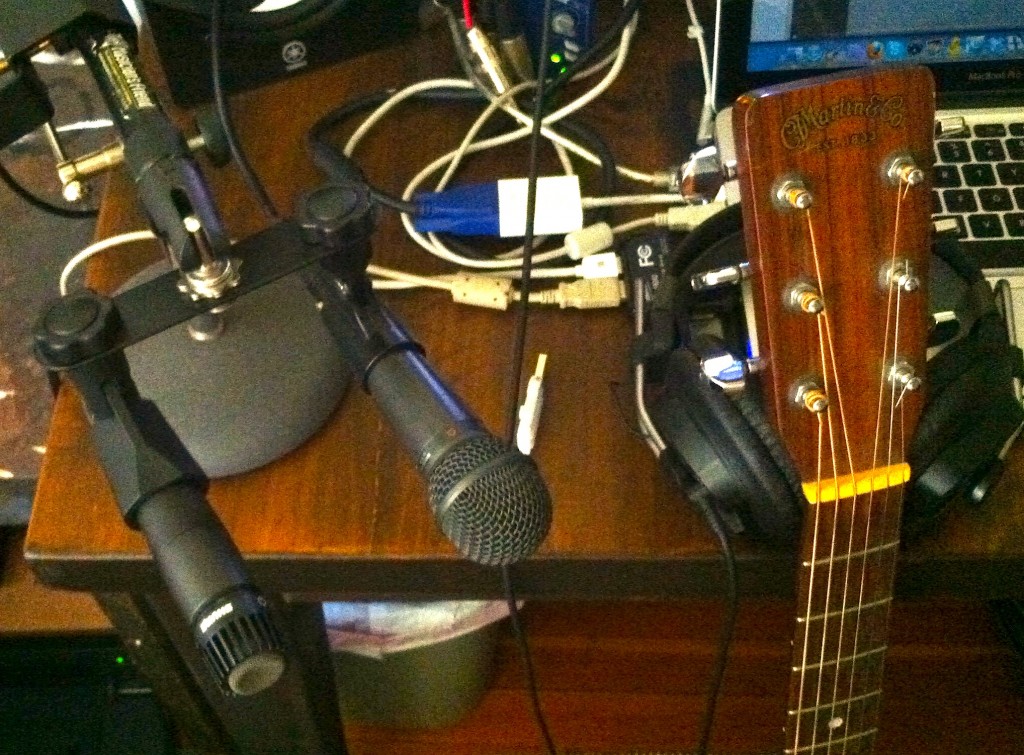 While the precise semiotic operation of the Peavey PVM38 and its associated flotsam (IE,, case+key) may remain a subject of debate, we can fairly readily assess the object’s quality. Yup it’s time for yet another SHURE SM57 vs SOME UNPOPULAR OLD MIC test. Here’s a single acoustic fingerpicked guitar performance; mics are positioned as shown above; levels are matched exactly. No processing whatsoever was applied, other than digitally increasing the levels to full level. The Peavey’s output is approximately 2.5 db hotter than the SM57. Take a listen:
While the precise semiotic operation of the Peavey PVM38 and its associated flotsam (IE,, case+key) may remain a subject of debate, we can fairly readily assess the object’s quality. Yup it’s time for yet another SHURE SM57 vs SOME UNPOPULAR OLD MIC test. Here’s a single acoustic fingerpicked guitar performance; mics are positioned as shown above; levels are matched exactly. No processing whatsoever was applied, other than digitally increasing the levels to full level. The Peavey’s output is approximately 2.5 db hotter than the SM57. Take a listen:
First, the SM57: ShureSM57_ref
..and now the PVM38: Peavey_PVM38
My $0.02: The sound is pretty similar. The Peavey seems to have less boxiness/low mids, a pretty similar pickup pattern, and a little less accuracy/detail in the very high end. Overall it has a bit of that ‘budget mic’ sound but the high output is a plus. I would imagine that the PVM38 would probably make a decent live vocal mic for rock vocals, and probably good for under-snare as well. Certainly worth the $15 that I paid.
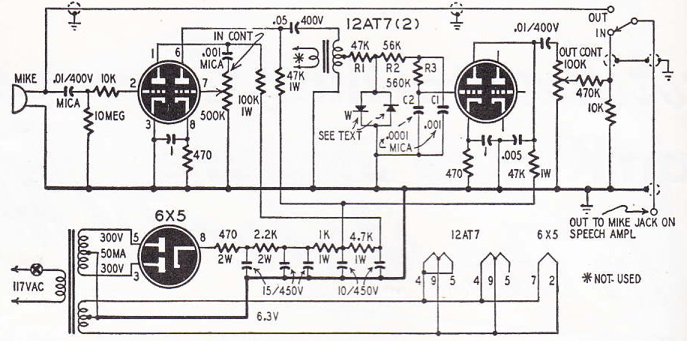 Download a short piece from RADIO-ELECTRONICS, 1950, on the subject of a DIY audio-compressor:
Download a short piece from RADIO-ELECTRONICS, 1950, on the subject of a DIY audio-compressor: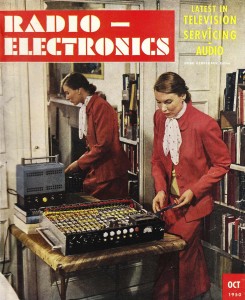 This promises to be an interesting unit. It’s designed (like a Shure Level-Loc) for Mic-Level-In, Mic-Level-Out, but that could pretty easily be changed for balanced-line operation by omitting the first 12AT7 stage and using a modest step-up transformer (maybe 1:3 or 1:5) going into the input level pot, and then adding another output stage and output transformer. (Since 1/2 of the 2nd AT7 is unused, I am thinking: eliminate one of the 12AT7s entirely, build this circuit minus the first stage using one 12AT7, and then add the output stage from the Altec 1566). The unit promises to add distortion, and there is some sort of low-pass network before the 3rd grid that will also need some sort of variable components added in order to control the quality of that distortion. My biggest question, though: will plain ‘ole IN4007 Diodes work in the circuit? I plan to build this thing soon and all questions will be answered… always looking for new (old) sources of novel grit+crunch….
This promises to be an interesting unit. It’s designed (like a Shure Level-Loc) for Mic-Level-In, Mic-Level-Out, but that could pretty easily be changed for balanced-line operation by omitting the first 12AT7 stage and using a modest step-up transformer (maybe 1:3 or 1:5) going into the input level pot, and then adding another output stage and output transformer. (Since 1/2 of the 2nd AT7 is unused, I am thinking: eliminate one of the 12AT7s entirely, build this circuit minus the first stage using one 12AT7, and then add the output stage from the Altec 1566). The unit promises to add distortion, and there is some sort of low-pass network before the 3rd grid that will also need some sort of variable components added in order to control the quality of that distortion. My biggest question, though: will plain ‘ole IN4007 Diodes work in the circuit? I plan to build this thing soon and all questions will be answered… always looking for new (old) sources of novel grit+crunch….